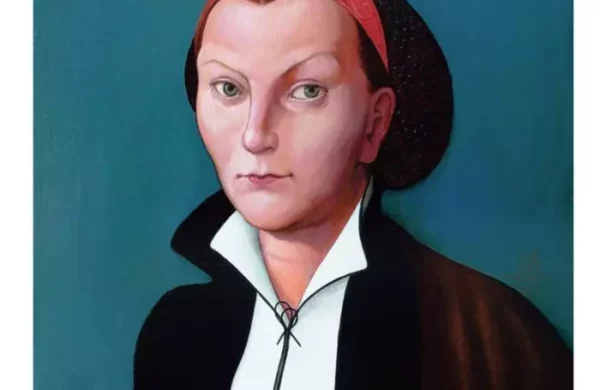
Katharina is believed to have been born in 1499, the daughter of a poor German nobleman and his wife. Like so many men, her father was left to raise his daughter when her mother died young. To better care for her, Mr. Von Bora took his daughter Katharina to a convent in 1504, where she would be educated.
Like this:
Like Loading...
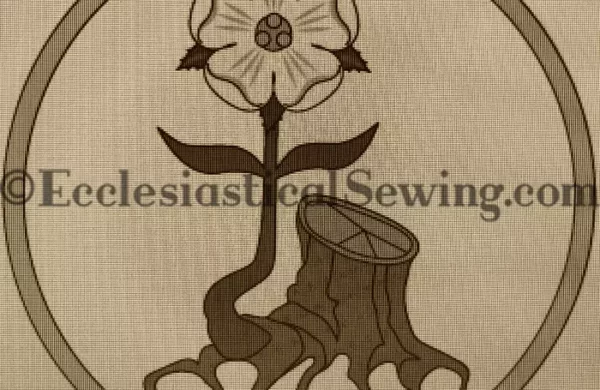
From the very beginning, Christians have celebrated Advent with some antiphons like O Radix Jesse that encapsulate the Old Testament prophecies fulfilled in the Incarnation. “O Radix Jesse,” translated in English as “O Root of Jesse,” celebrates the royal descent of Jesus through His mother Mary.
Like this:
Like Loading...
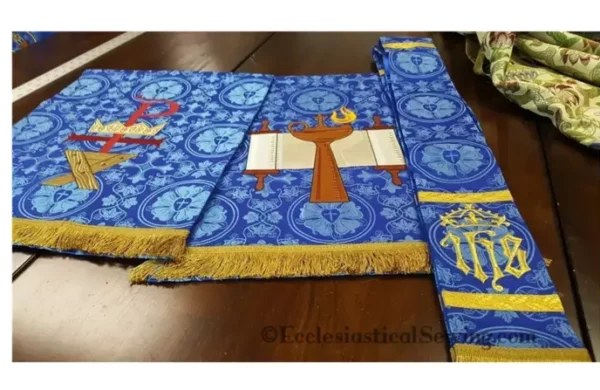
The choice between blue and purple Advent vestments reflects diverse traditions. Blue, popular in Scandinavia and the British Isles (“Sarum blue”), symbolizes the night sky before dawn, echoing themes of hope and new beginnings tied to the Christmas narrative. While, purple vestments, symbolizing penitence, have distinct connotations. Historically derived from Mediterranean snails, purple’s expense symbolizes royalty.
Like this:
Like Loading...
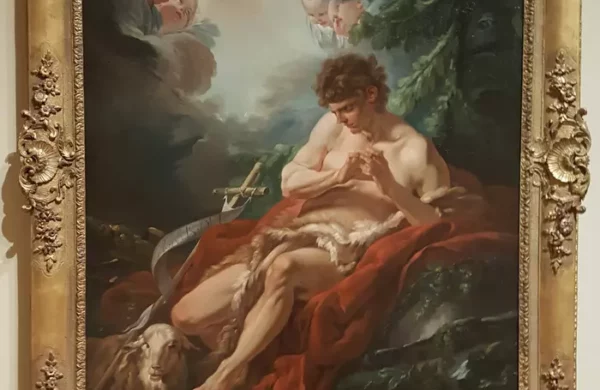
June 24th marks the celebration of the Nativity of John the Baptist. Christ said, “I tell you, among those born of women none is greater than John. Yet the one who is least in the kingdom of God is greater than he.” Luke 7:28 ESV
Like this:
Like Loading...
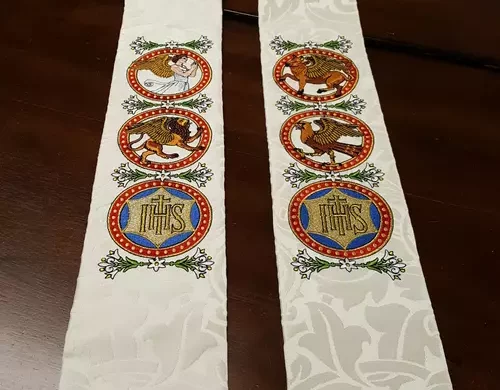
The Evangelist stoles have been termed by some as a “teaching stole.” Pastors and Priests have used the stole symbols as a way to teach about the four Evangelists – St. Matthew, St. Mark, St. Luke, and St. John. These symbols for the Evangelists date back centuries in their use to teach the faith.
Like this:
Like Loading...
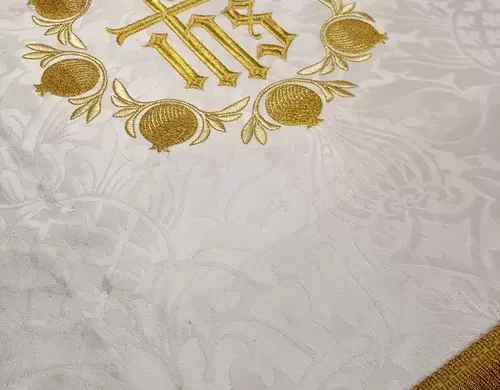
Ecclesiastical Sewing introduced a design collection entitled Dayspring. The collection features timeless and elegant designs created by our liturgical artist friend, Edward Riojas. The collection features a variety of design themes that symbolize both the Nativity of Christ and His Resurrection. The designs were gold threads stitched on white paraments and vestments, featuring designs like the IHC monogram with a rising sun, the Pomegranate design, and several others found in our various collections.
Like this:
Like Loading...
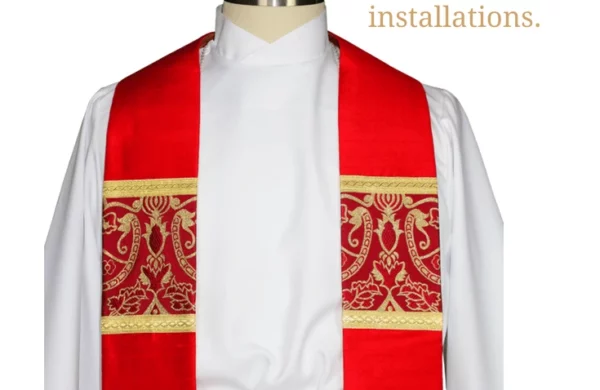
The ordination of a new pastor or priest usually involves a ceremony or special service. Many churches have a specific order of service to ordain new clergy. There is a special service to install them as the pastor or priest in their new church or parish. These are special times. And it is important to honor the calling of God’s Holy Ministers.
Like this:
Like Loading...
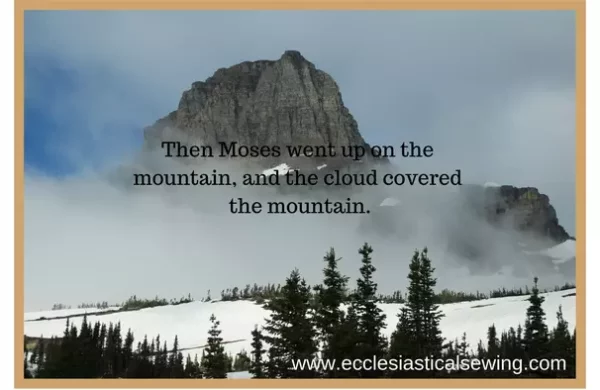
The New Testament readings are of the Transfiguration of our Lord. While Lutherans Celebrate this Festival Day on the last Sunday before Lent, other church bodies celebrate the Transfiguration at different times during the church year.
Like this:
Like Loading...
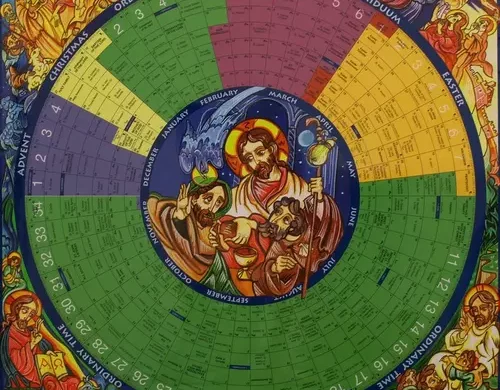
The church year is a pageant, a living connection to historic events, the communion of saints, and God’s promises. Symbols and seasons enrich our faith journey, bringing life to Christ’s unfolding story and inspiring us to be His follower in our time.
Like this:
Like Loading...
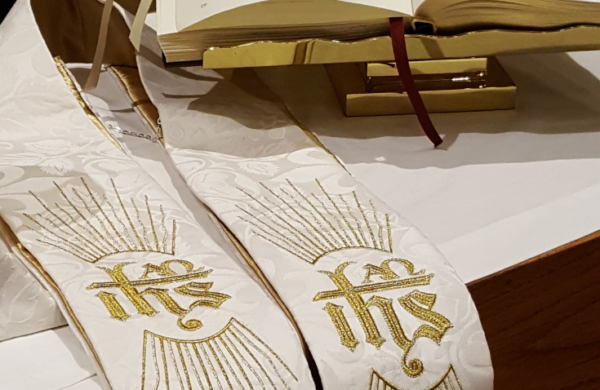
Dayspring is a Collection of Designs intended for use at both Christmas and Easter. Dayspring is a Messianic Prophecy that is fulfilled at the Resurrection. The Dayspring Church Vestment Collection incorporates the IHS Holy Monogram, the Chi Rho Symbols, Alpha and Omega, the Rising Sun, and the Glorious Cross. There are also Angels in adoration. The entire Ecclesiastical Sewing team is honored to have been a part of creating this new Dayspring Collection of Designs for use in your churches for the Christmas and Easter Seasons of the church year.
Like this:
Like Loading...
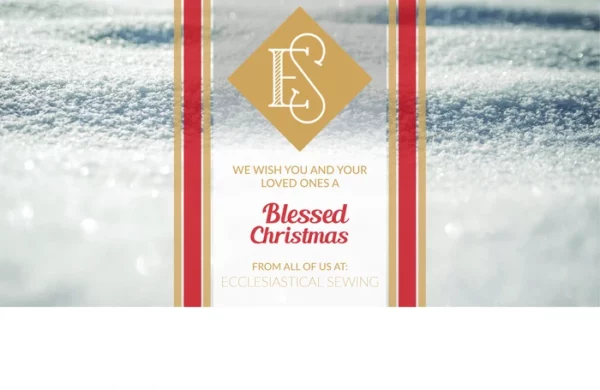
Blessed Christmas Everyone from Ecclesiastical Sewing Family
Like this:
Like Loading...
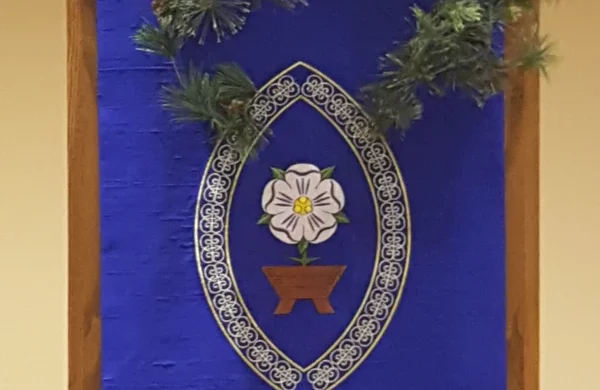
The symbol used for O Emmanuel is a manger with a flowering rose. The rose is a Messianic Rose. With great joy and anticipation, we join the prophet in singing, O Come, Emmanuel – come and save us, O Lord, our God. The collection of O Antiphon designs is a simple way to enhance a worship space. The banners may be hung from pillars as shown in the photo, or by some other way of your selection. The banners a simple to create for those who like to sew for their church.
Like this:
Like Loading...
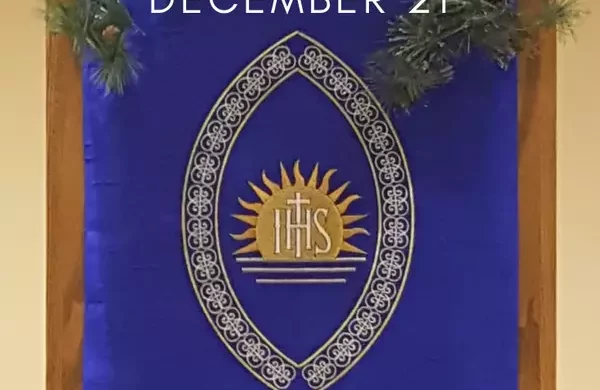
O Oriens – O Dayspring Antiphon for December 21: The word Dayspring today is considered archaic, yet it is a word that is beautiful and poetic. The word is used in the King James translation of the Bible. It means the dawn of the morning or daybreak. The symbol for Dayspring is often a rising sun as it breaks the horizon a the dawn of a new day.
Like this:
Like Loading...
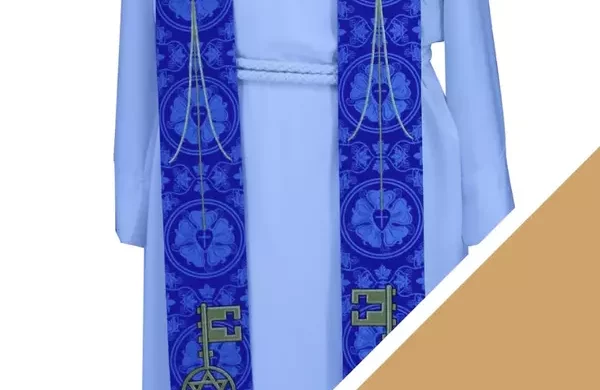
Keys are interesting things. They come in all kinds of sizes from small to large. They open things, close things, lock things up, start things and the list goes on. Keys are used in the Bible as a means to explain or illustrate different concepts. I am reminded of our Catechism study in preparation for Confirmation. We learned about the Office of the Keys.
Like this:
Like Loading...
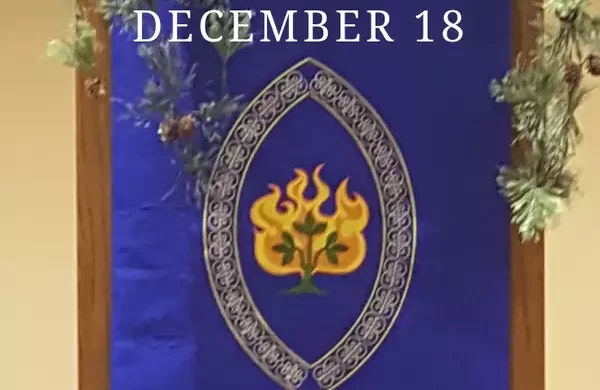
O Adonai, and leader of the House of Israel, appeared to Moses in the fire of the burning bush and gave him the law on Sinai: Come and redeem us with an outstretched arm.
Like this:
Like Loading...

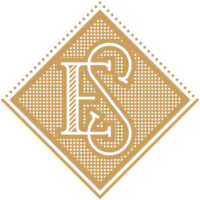














You must be logged in to post a comment.